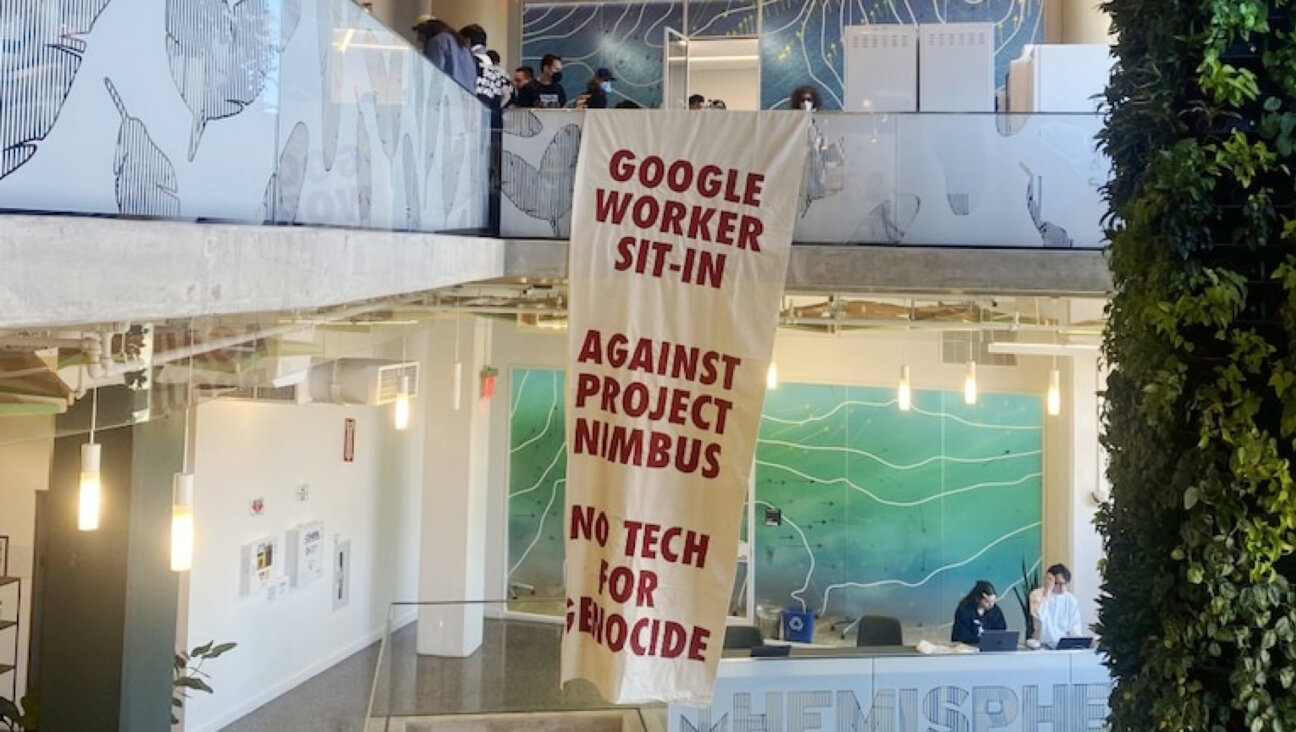Opening Our Tent
Intermarriage has taken center stage this past year. The marriage of Chelsea Clinton and Marc Mezvkinsky spurred a national conversation about intermarriage. The Rotem bill roiled Israel-Diaspora relations, sparking considerable debate over conversion policy and the question of how to incorporate the hundreds of thousands of Israelis from intermarried families into the Jewish people. Even “The Simpsons” weighed in when Krusty the Clown married a non-Jew.
Once upon a time, intermarriage usually meant shedding one’s Jewish identity. Thus, when the 1990 National Jewish Population Survey was released and reported an intermarriage rate of more than 50%, the immediate response was panic, with the Jewish community asking, “How do we keep our children Jewish?” What this question really meant was “How do we convince our children to marry Jews?” Jewish continuity became a new buzzword, and instead of focusing on providing Jewish substance for our disengaged community, we busied ourselves on how to convince Jewish girls and Jewish boys to marry one another.
And what fruit have those efforts borne? On North American college campuses today, some 50% of self-identified Jewish students have only one Jewish parent. If we are to make any headway in engaging this generation, we can no longer tell these young people that the decision their parents made when they fell in love and married was wrong.
In an open society, people of different backgrounds will meet and fall in love. Our community can’t stake its future on telling young people whom they should or should not marry. The goal of outreach work should not be convincing Jews why they should marry other Jews. Outreach work should instead be about making Judaism relevant and providing substantive educational opportunities.
Intermarriage today can even be an opportunity for a stronger embrace of Jewish identity. A personal example I can share is the story of my nephew, who was born Jewish but possessed little knowledge of Judaism. He became engaged to a non-Jew, and when his fiancée decided to convert, he decided to join her in study. In the old paradigm, the community would have lost one uneducated Jew; instead, it has gained a Jewish family.
My recent travels to communities throughout North America further validated my belief in the importance of outreach. As I discussed the themes of my recent book, “Hope, Not Fear,” the message of an embracing Jewish community resonated deeply with the audiences. What came as a surprise to me was the number of parents and grandparents in every city who greeted me, asked me to sign books for their loved ones and said, “This is for my daughter-in-law, or son-in-law, who isn’t Jewish, but is raising my grandchildren as Jews.”
Jews in these cities recognize intermarriage as a fact of life that touches the vast majority of families in their communities, and they embraced the message that intermarriage is not a calamity but an opportunity for both a Jewish and non-Jewish partner to learn. The issues that these communities are struggling with — how to deal with intermarriage and create avenues for all Jews to feel welcome and connected — are the issues that will determine the future of Judaism in America.
Jewish leadership needs to support all Jews, all Jewish families and the growing Jewish communities they are creating with a national agenda of openness. In doing so, we return to the ethos of our forebear Abraham.
Abraham’s tent, according to rabbinic tradition, was open on all sides to welcome travelers coming from all directions. Genesis 18 describes how Abraham warmly greets three strangers who have arrived at his tent. Though Abraham eventually learns that these strangers are angels, he is unaware of their identities when he invites them in and bathes their feet, and when he and Sarah offer refreshments. He simply accepts them.
We must do more than open the doors to newcomers in the Jewish community: We must reach out to them.
Edgar M. Bronfman is president of the Samuel Bronfman Foundation and a former president of the World Jewish Congress. He is the author, with Beth Zasloff, of “Hope, Not Fear: A Path to Jewish Renaissance” (St. Martin’s Press, 2008).

I hope you appreciated this article. Before you go, I’d like to ask you to please support the Forward’s award-winning journalism this Passover.
In this age of misinformation, our work is needed like never before. We report on the news that matters most to American Jews, driven by truth, not ideology.
At a time when newsrooms are closing or cutting back, the Forward has removed its paywall. That means for the first time in our 126-year history, Forward journalism is free to everyone, everywhere. With an ongoing war, rising antisemitism, and a flood of disinformation that may affect the upcoming election, we believe that free and open access to Jewish journalism is imperative.
Readers like you make it all possible. Right now, we’re in the middle of our Passover Pledge Drive and we need 500 people to step up and make a gift to sustain our trustworthy, independent journalism.
Make a gift of any size and become a Forward member today. You’ll support our mission to tell the American Jewish story fully and fairly.
— Rachel Fishman Feddersen, Publisher and CEO
Join our mission to tell the Jewish story fully and fairly.
Our Goal: 500 gifts during our Passover Pledge Drive!























